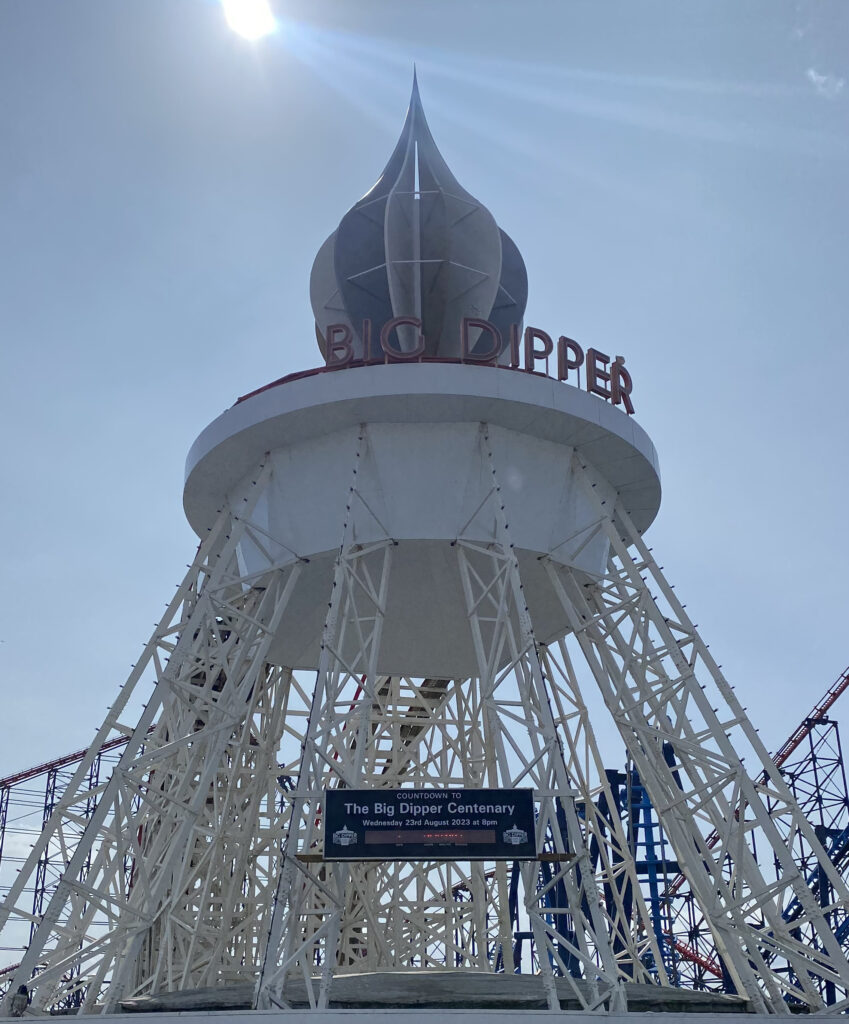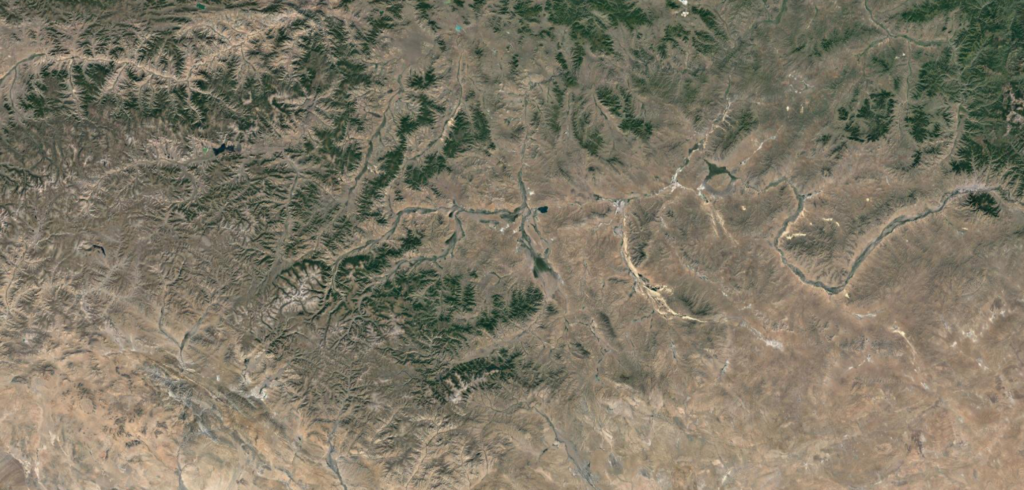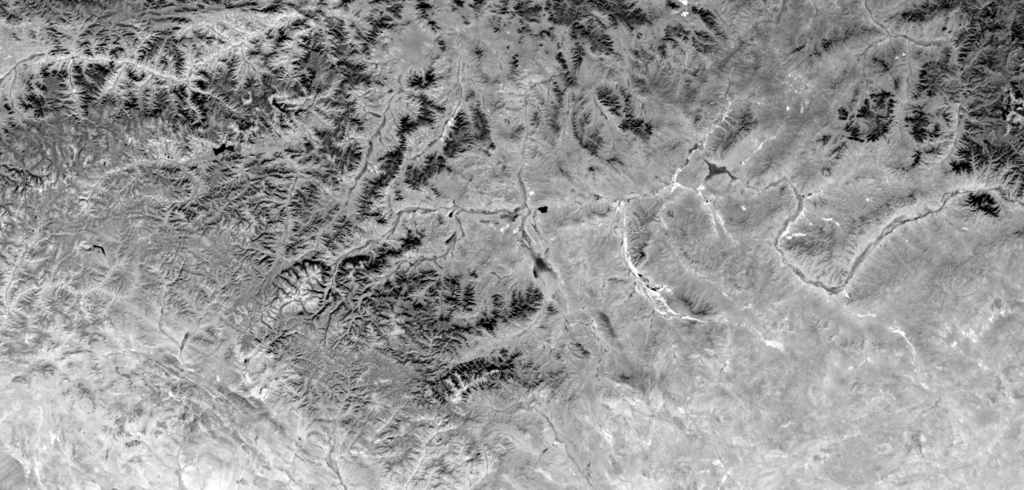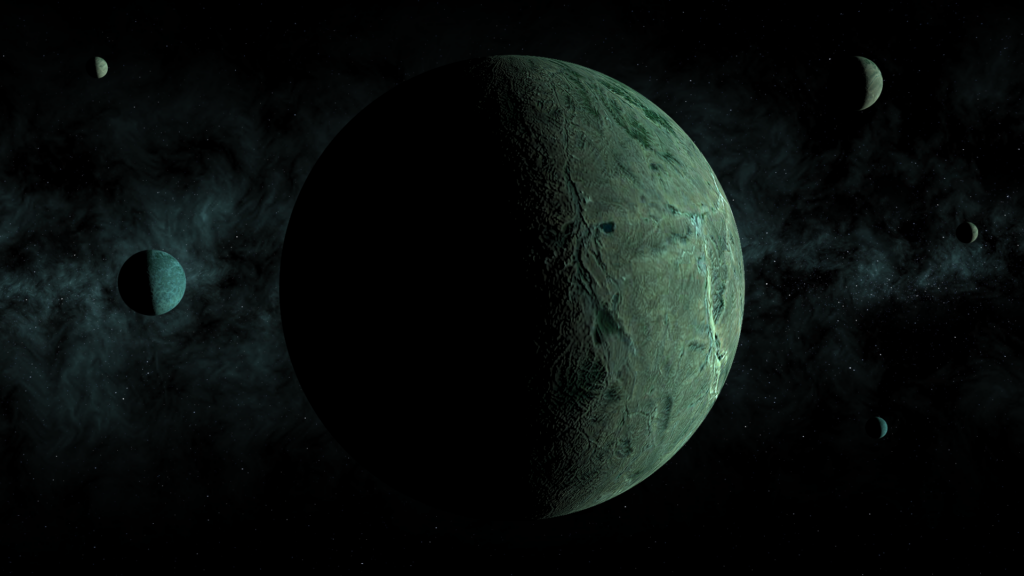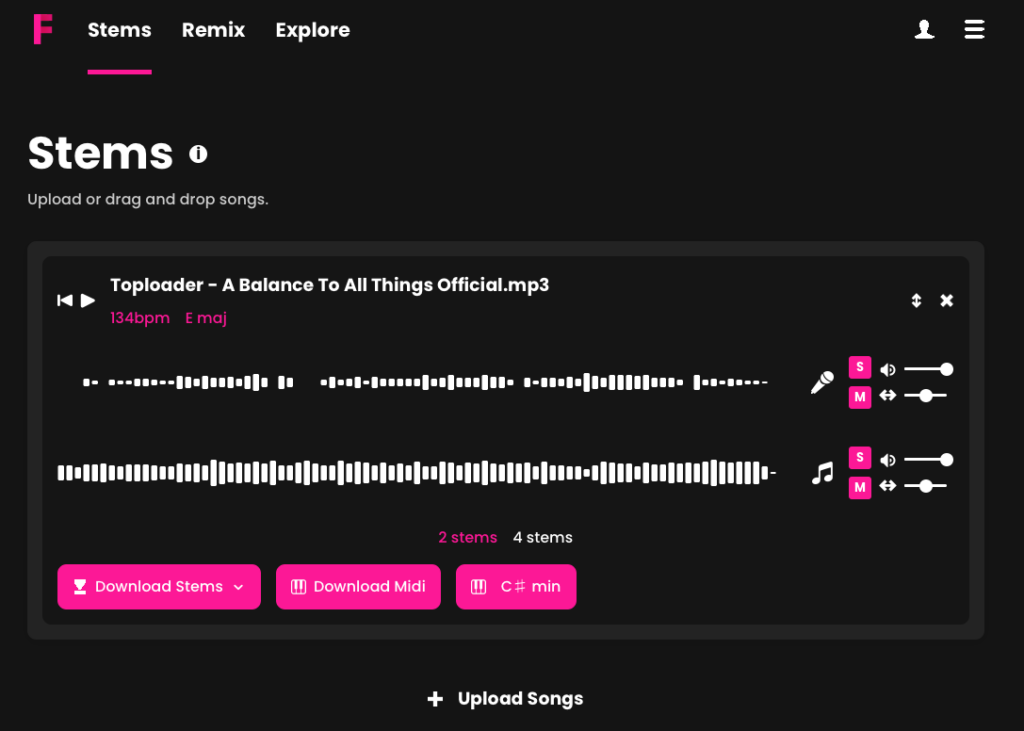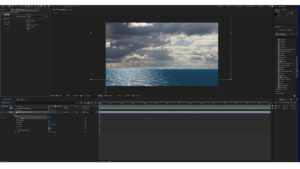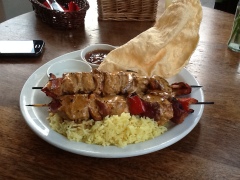In the last post, we took a look at AI image generator Firefly by Adobe. Now it’s the turn of Stable Diffusion which can be used at clipdrop.co along with a host of other features and, unlike Firefly, is free to try. And in my opinion, it is superior to Firefly.
Judge for yourself. Below is the latest episode of the Twilight Ballrooms Movie Diary which starts with the prompt I gave it and the result it produced. I will add that all of these pics were also enlarged using Adobe Photoshop’s generative fill and I have added a Lumetri filter to make it really atmospheric.
And finally, a Happy 100th Birthday to the Big Dipper rollercoaster at Blackpool’s Pleasure Beach. I took my family there last week and for my kids it was their first time on a rollercoaster. We also went for a cream tea dance at the Tower Ballrooms where we were taught the Charleston accompanied by, you guessed it, the Mighty Wurlitzer! Ah heaven! Thoroughly recommend it!

